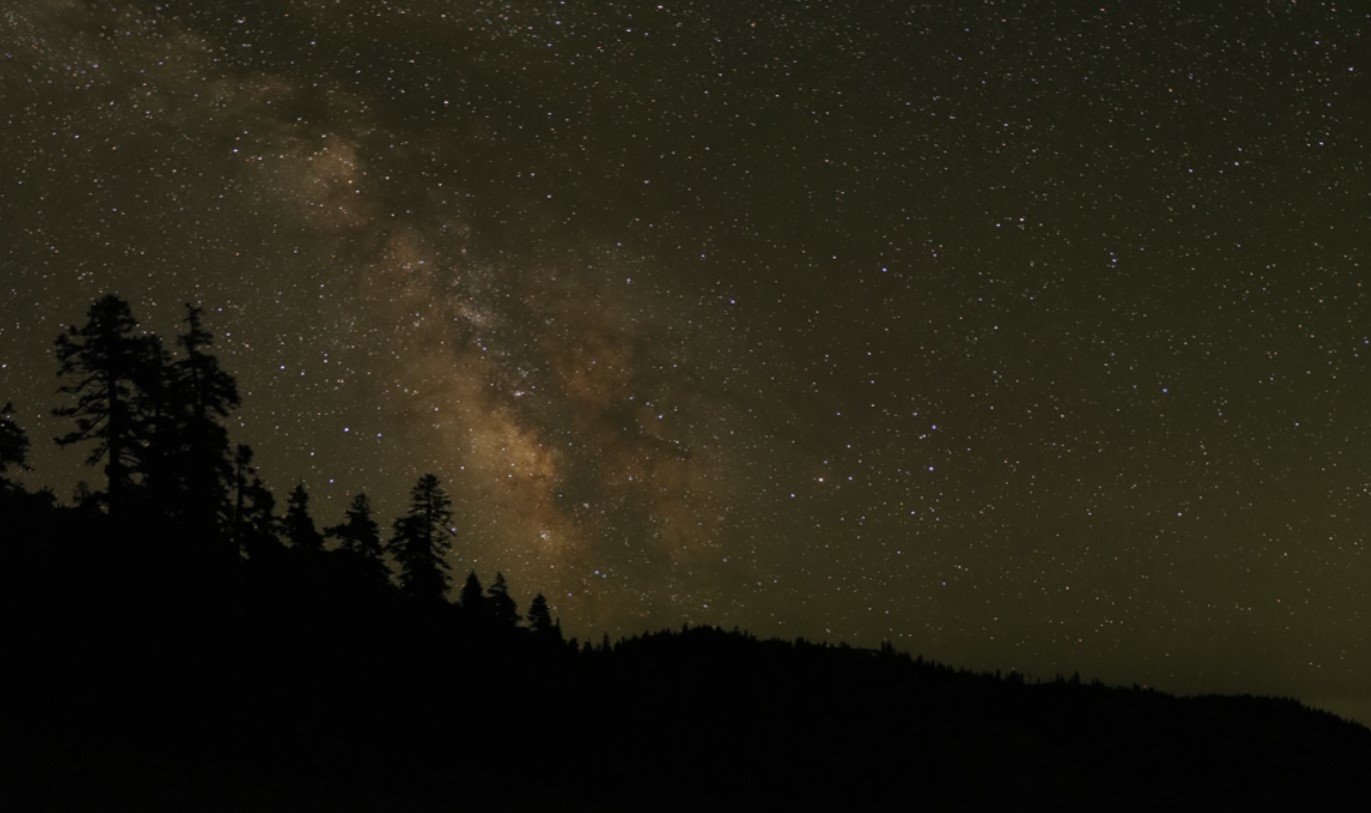International Dark
Sky Places
Oregon
Conserving Dark Sky Places around the world
Our International Dark Sky Places program works with communities, parks, municipalities, and the public to certify and protect dark places for humans and wildlife alike.
City of Antelope
International Dark Sky Community, December 2024
Credit: Michael McKeag Oregon Caves National Monument & Preserve
International Dark Sky Park, November 2024
Credit: Ivan Ekblom, Max LeveridgeOregon Outback
International Dark Sky Sanctuary, March 2024
Credit: Joey HamiltonPrineville Reservoir State Park
International Dark Sky Park, May 2021
Credit: courtesy Dawn & Brent Davis
©Dawn Davis Sunriver, Oregon
International Dark Sky Development of Distinction, August 2020
Credit: Jim CulpepperUSA
Dark Sky Places as of April 2025
Cottonwood Canyon State Park
International Dark Sky Park, December 2024
Credit: courtesy Dawn & Brent Davis
©Dawn Davis City of Sisters
International Dark Sky Community, January 2025
Credit: Tim LydenHow are International Dark Sky Places certified?
DarkSky International certifies Dark Sky Places following a rigorous application process requiring applicants to demonstrate robust community support for dark-sky protection and document designation-specific program requirements.
Applications are reviewed periodically by an DarkSky International standing committee composed of dark-sky experts and previously successful program applicants. Regular status updates after certification ensure that IDSPs continue their commitment to dark-sky preservation.
Upon certification, DarkSky International works with certified places to promote their work through media relations, member communications, and social media. An International Dark Sky Place certification helps enhance the visibility of designated locations and foster increased tourism and local economic activity.
They are communities, parks and protected areas around the world where residents and officials have recognized the ecologic and economic value of dark skies as a resource. Dark Sky Places are certified through the award-winning International Dark Sky Places (IDSP) Program, which was founded in 2001 to encourage preservation and protection of dark sites through responsible lighting policies and public education.
The International Dark Sky Places Program offers five certification categories:
International Dark Sky Sanctuaries
Sanctuaries are the most remote (and often darkest) places in the world whose conservation state is most fragile.International Dark Sky Parks
Parks are publicly- or privately-owned spaces protected for natural conservation that implement good outdoor lighting and provide dark sky programs for visitors.International Dark Sky Reserves
Reserves consist of a dark “core” zone surrounded by a populated periphery where policy controls are enacted to protect the darkness of the core.Urban Night Sky Places
Urban Night Sky Places are sites near or surrounded by large urban environs whose planning and design actively promote an authentic nighttime experience in the midst of significant artificial light at night.International Dark Sky Communities
Communities are legally organized cities and towns that adopt quality outdoor lighting ordinances and undertake efforts to educate residents about the importance of dark skies.
In addition, the program previously included one additional designation category:
Dark Sky Friendly Developments of Distinction (retired 2020)
Dark Sky Friendly Developments of Distinction recognized subdivisions, master planned communities, and unincorporated neighborhoods and townships whose planning actively promotes a more natural night sky but did not qualify them for the International Dark Sky Community designation.








